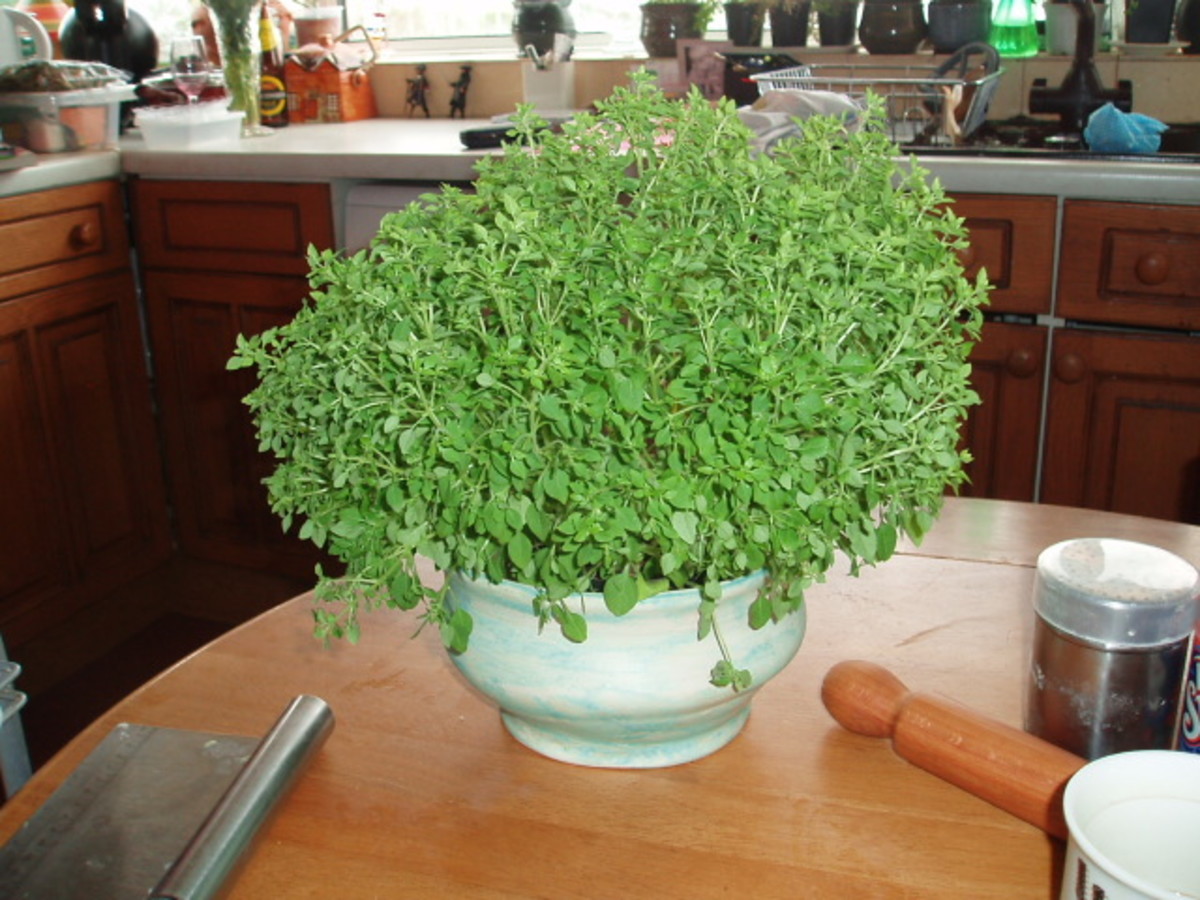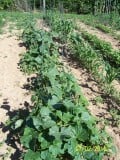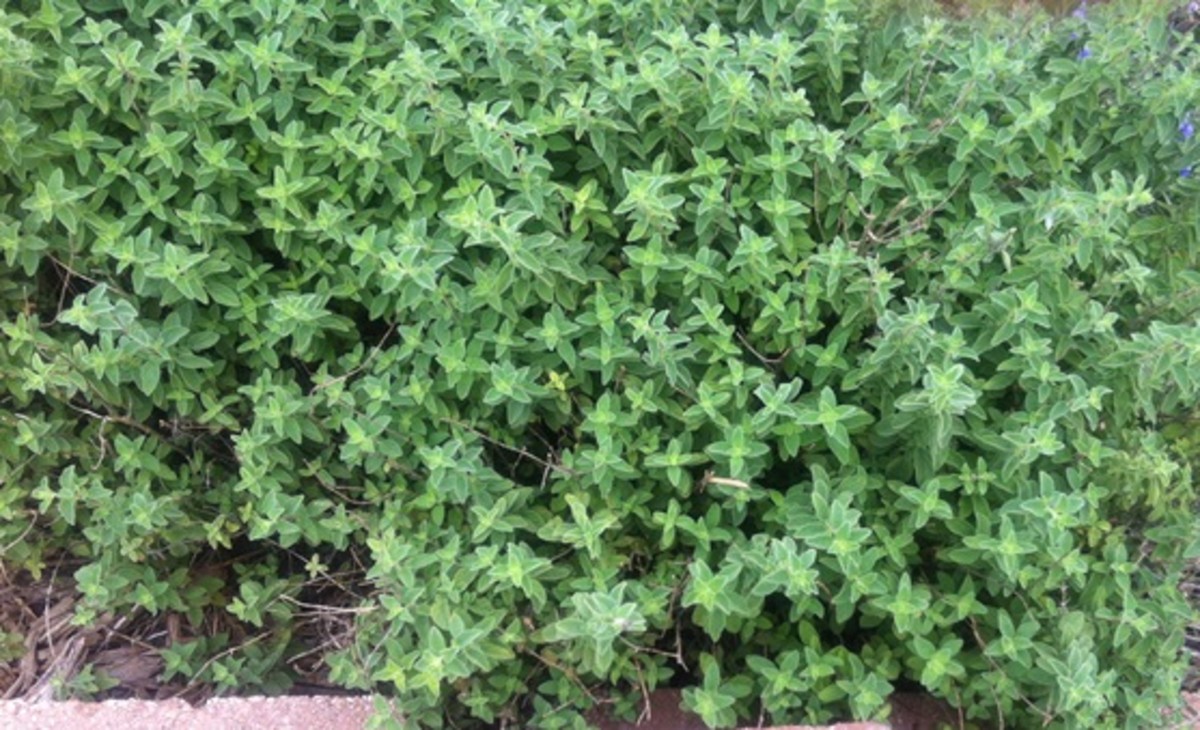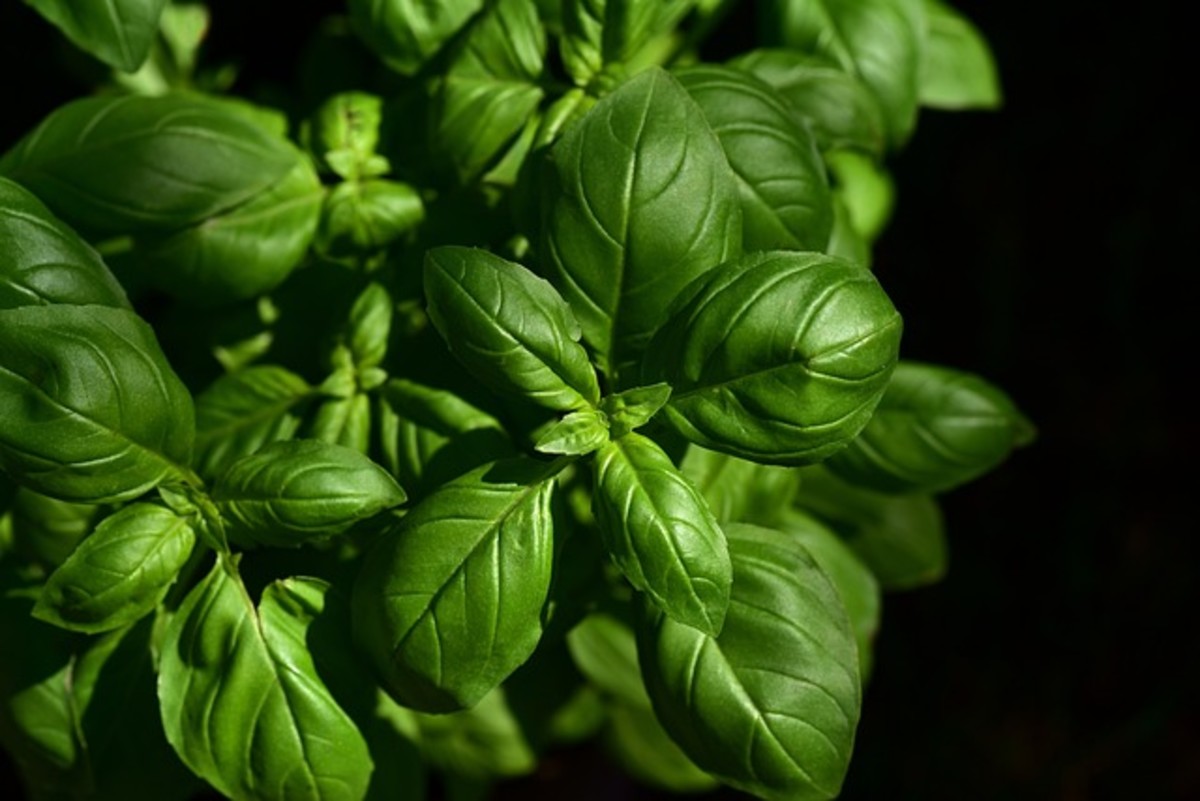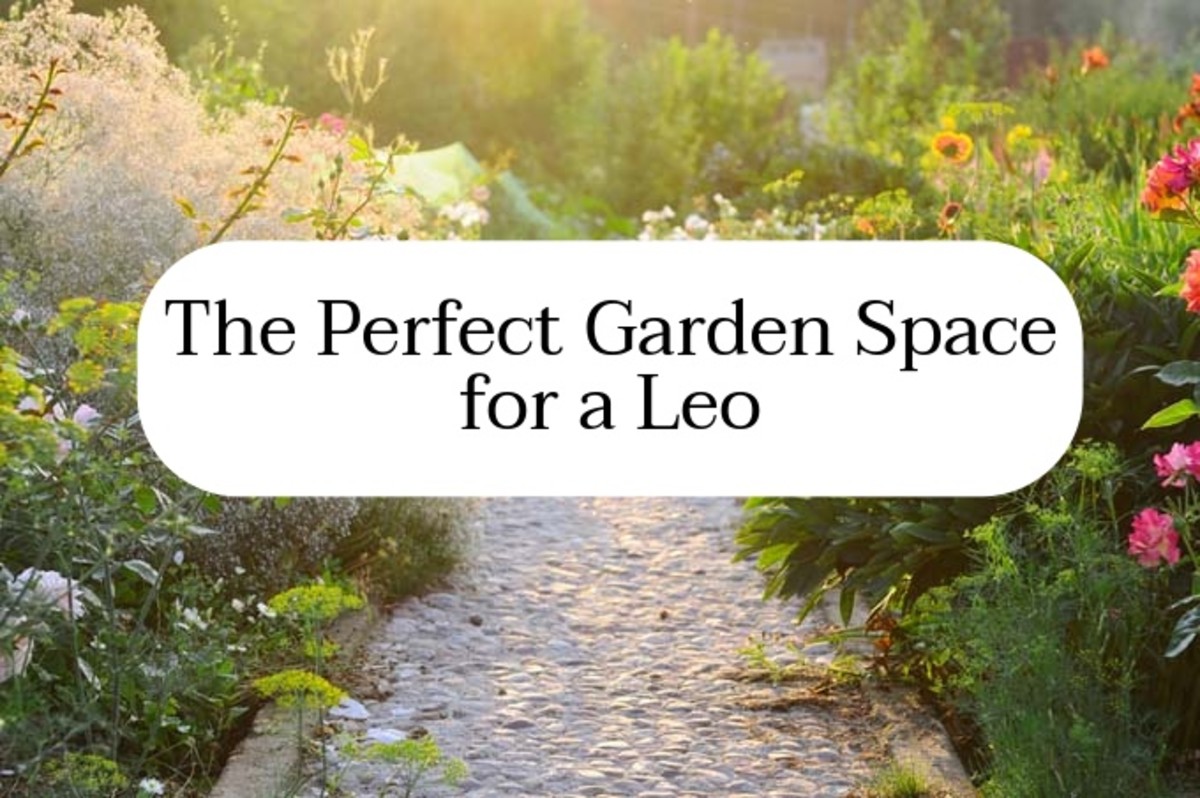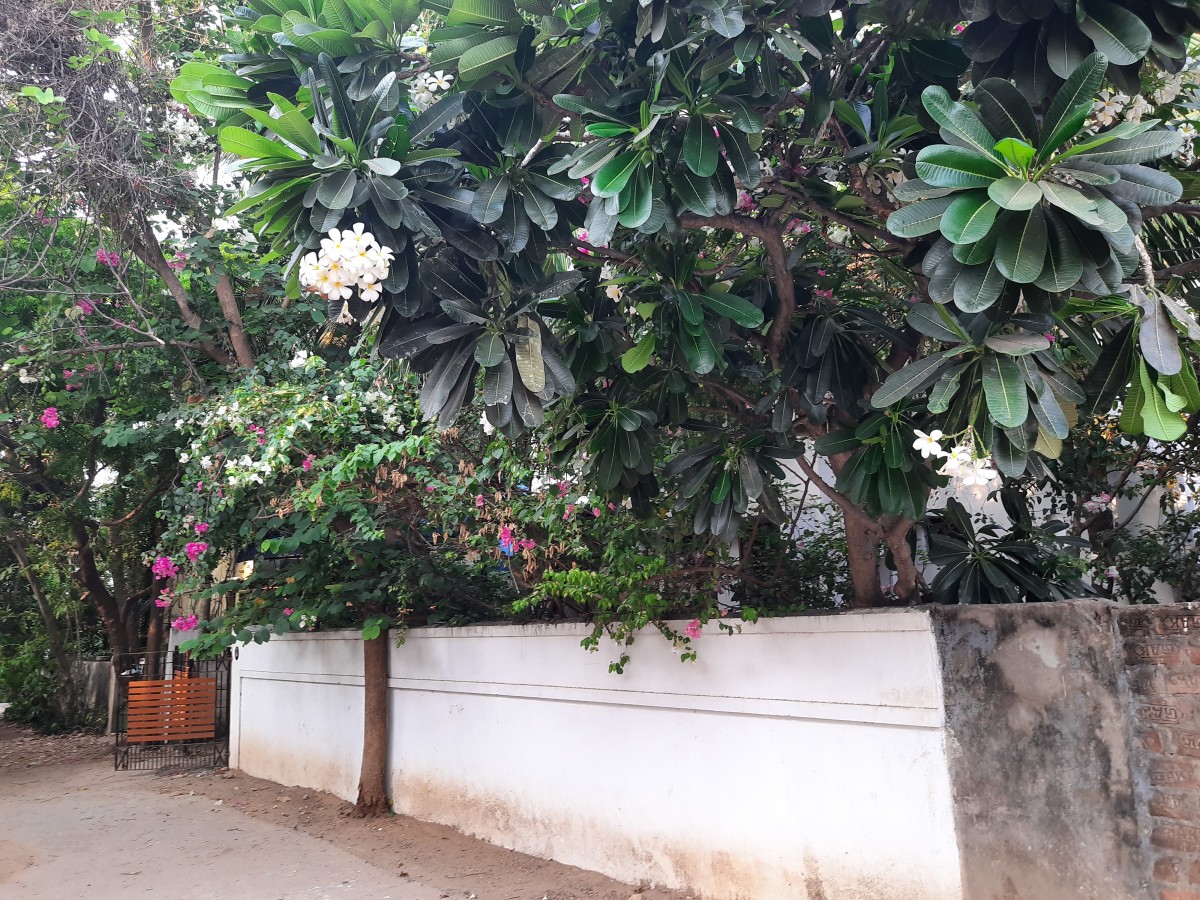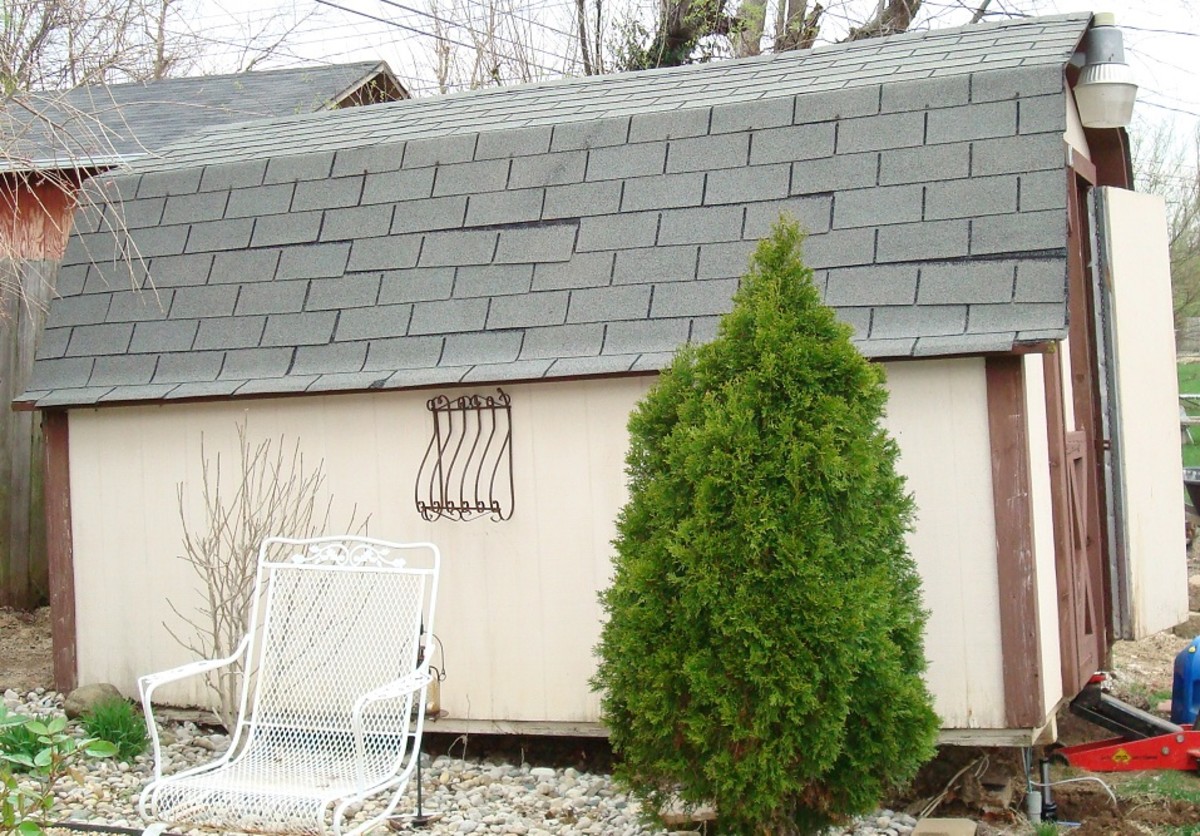How to plant an herb garden
the gardener's kitchen
Culinary herbs add flavour to your food and are fairly easy to grow. Most herbs require six hours of sunshine daily to thrive. The cardinal gardening rule, right plant, right place, applies to herbs as well as it does to all growing things.
There are certain foods that demand herbs such as tomato sauce; what would it be if basil, garlic, thyme and oregano were not added in proper proportion.
In fact, tomato and basil not only work well together in a sauce but appear to complement each other when planted together.
Herbs serve other purposes besides the culinary. You can grow herbs for their flowers and add colour to yoru garden, grow them for fragrance and some swear by their medicinal properties.
I use herbs to make herbal vinegar.
It is not difficult to create your own herbal garden, even if you have only a small space or a patio or balcony. Herbs do well in containers as long as they get the sun and water they need.
The first step in designing your herbal garden is to determine which herbs you use or which herbs you wish to use. Why you want to use them is less important and is up to you to decide. I use herbs for beauty, fragrance and cooking.
compost tea
- The Gardeners Kitchen: Organic Fertilizers & Compost Tea
Feed the soil, the organic gardener’s mantra. One of the most effective ways to feed that soil is to add organic material, such as compost to the garden. Another is to add compost tea. > Compost...
the garden
Now that you know what you want o grow, the second step is to ask yourself how much time do you have to maintain the garden once you have created it?
Many of us are very busy and have less time for a garden than we think. This is an important step as it will affect your success or failure. Take on too much and you will not be able to keep up. It is better to start with a small container garden, four to six herbs in one large container or each in their own container that is situated near your backdoor, than build a large garden you will not have time for.
If you are planning a herbal garden bed, then I suggest you use a circle with a keyhole path.
The circle should be a minimum of four feet in diameter and located where the site gets at least six hours of sunlight per day.
The successful garden builds soil and when this is done it does not matter what the gardener decides to grow the plants will flourish.
So if you are not already composting now is the time to start. You can even set up a compost bin indoors and let worms eat your garbage.
Worm composting works well with a small herb garden or with a container garden. You can feed your soil by feeding the worms the food scraps you do not eat; no meat.
If you are just starting out and have little gardening experience I suggest you begin with a container garden.
If you planning an organic and that is the best way to go garden in your backyard, then I suggest using the no dig approach to building the herb garden bed.
Whichever path you plan to use follow the basic steps outlined in this hub and watch the videos and you will be off to a good start.


